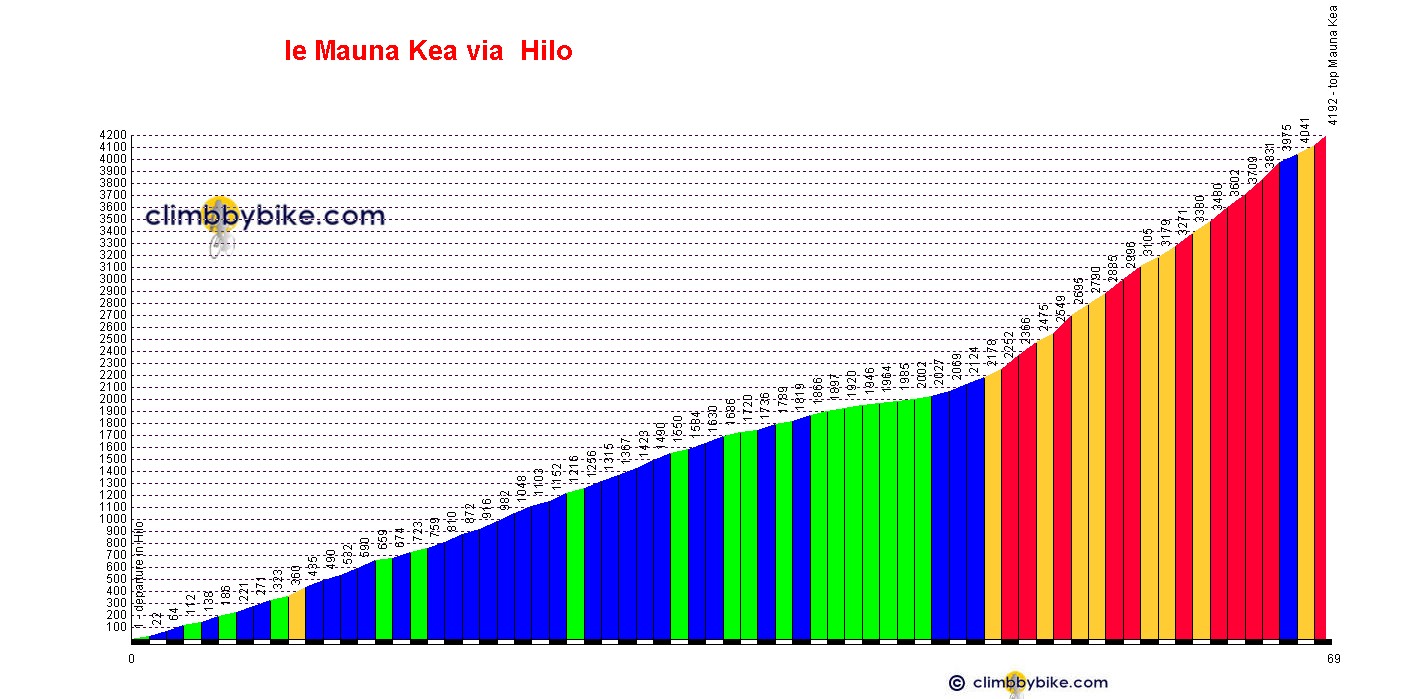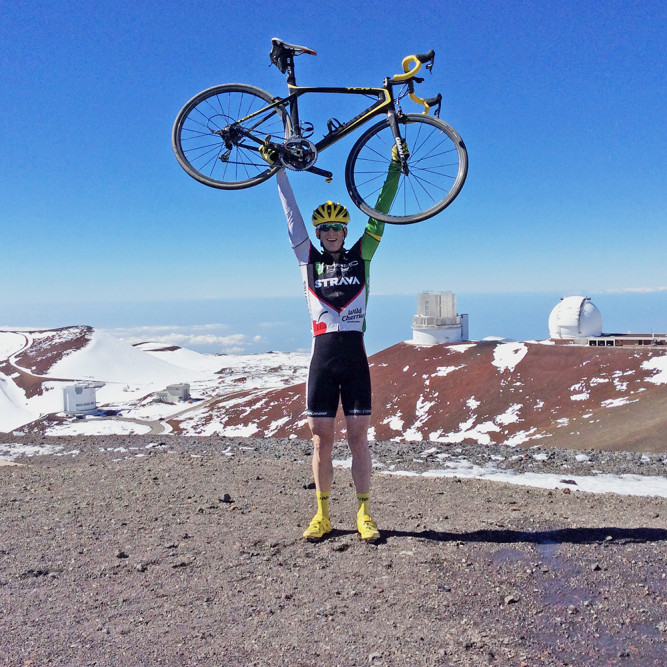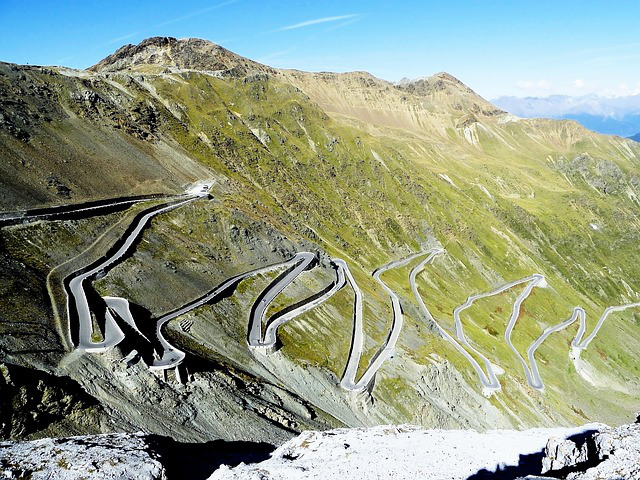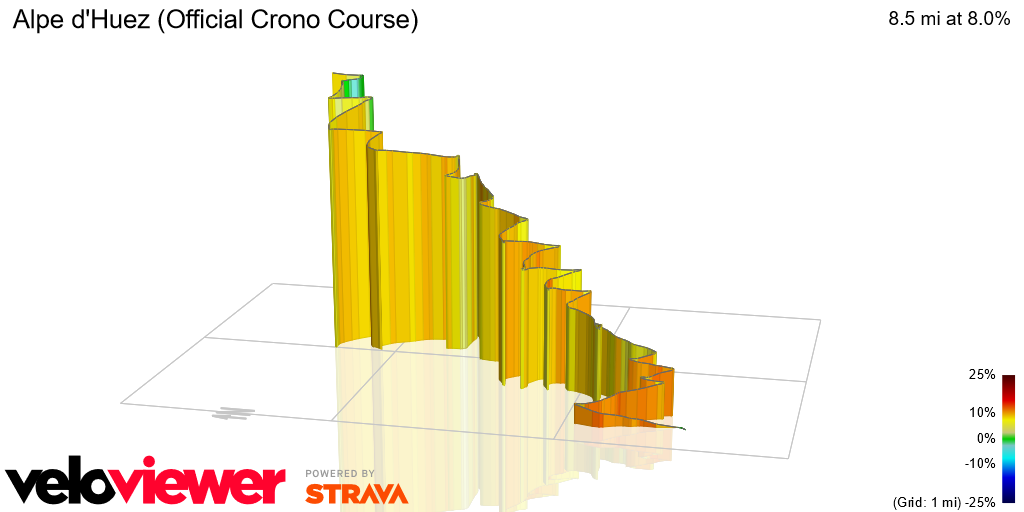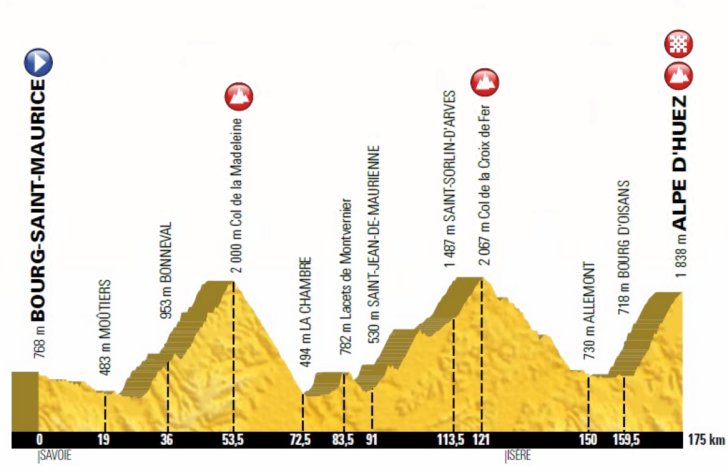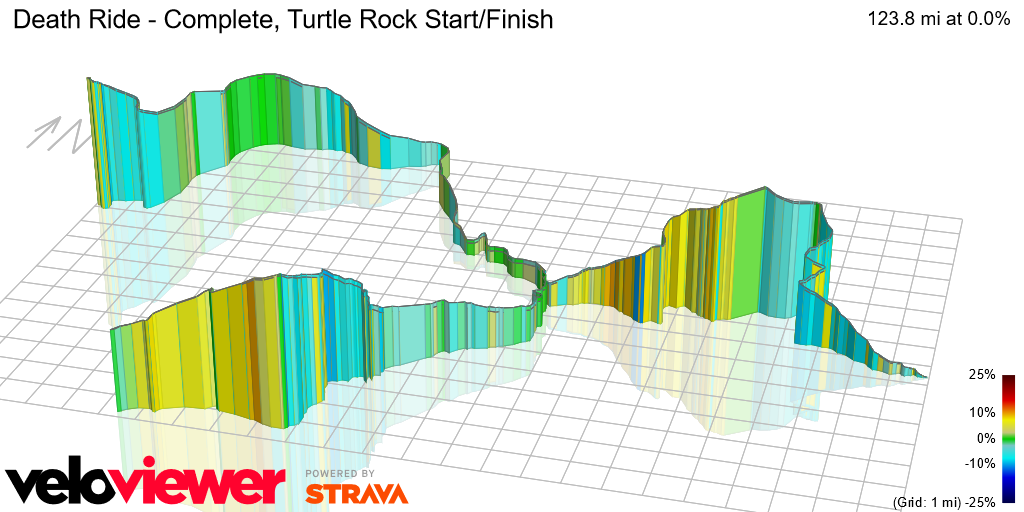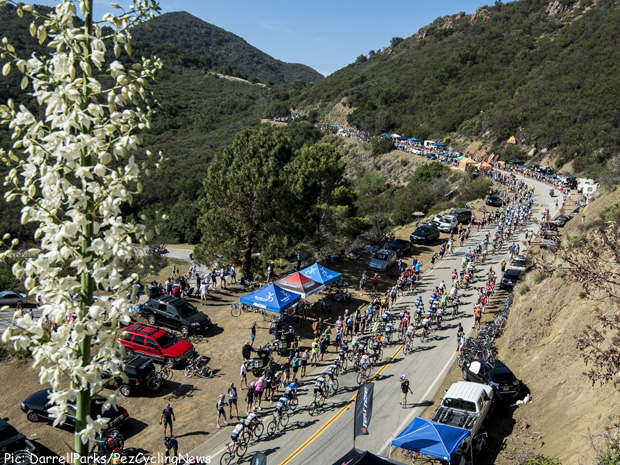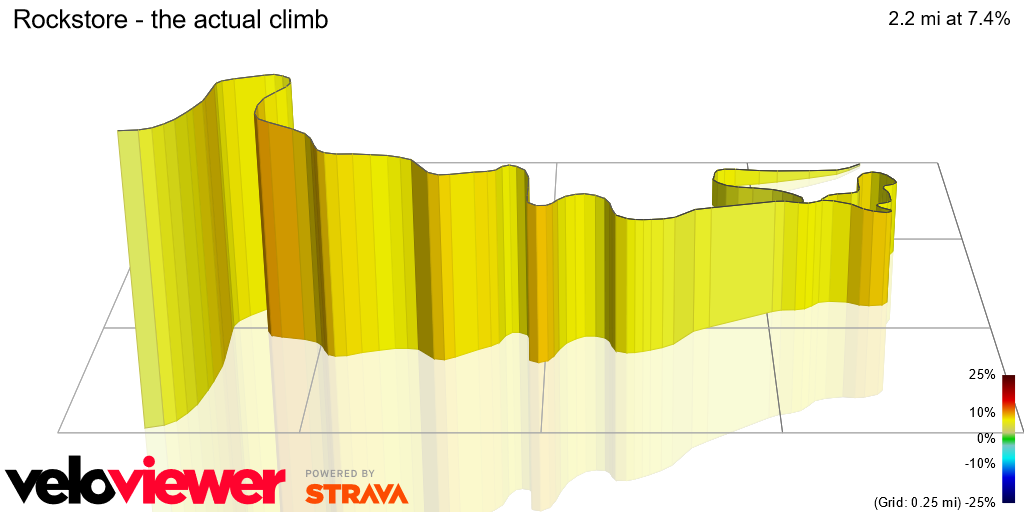I thought it was 40 Calories per mile?
Recreational cyclists often ride to burn off excess pounds. When I was a marathoner, the magic number was a 100 calories per mile. When I started cycling, I saw a magic number of 40 Calories per mile.
So I decided to test it out, and rode 800 miles in a month. I kept to long, flat rides to maintain distance. Based on the numbers, I should have lost a little over 9 lbs. At the end of the month I had lost, you guessed it, 0 pounds. Magic numbers are illusionary, and in a few calculations it will be quickly apparent why.
What is a Calorie?
The calorie originated in the study of heat rather than food, preceding the concept of joules by decades. It was defined in 1824 by Nicolas Clément and entered French and English dictionaries between 1841 and 1867.

It has two versions: calorie and Calorie. The first is the energy to raise a gram of water by a degree Celsius at a pressure of one atmosphere. The second is the kilogram calorie known as the food calorie and equal to a 1000 gram calories, and is the one you see on food packaging.
In Physics, it was many decades before heat could be explained mechanically and so the energy units were assumed to be different. When that finally happened, a calorie was determined to be equivalent to 4.1858 joules. Calories and Joules are therefore the same thing differing only by a scaling factor.
How is a calorie connected to cycling?
Cyclist effort or work is measured in Joules. Any use of calories in discussing effort must first be preceded by an estimation of the work. Once computed in terms of Joules, it can be converted to Calories by dividing by 4185.8 Joules/Calorie.
Does 40 Calories per mile even make sense?
Once you understand the connection between Calories and effort, you see one fixed number makes no sense. You can ride a mile downhill or climb one uphill with distinctly different efforts. Each would have different Joules associated with the effort, and after the division, different Calorie counts.
Why no weight loss after 800 miles?
In the notes under Cyclist Modeling, I have a section called Burning Calories with two charts detailing the number of calories burned riding flats and making ascents. The numbers are computed by determining the number of Joules to ride against the appropriate resistive forces and dividing to get Calories. These were computed for a CyclistCyle weighing 166 lbs.
The graph below adjusts the calories burned per mile for riding flats for my weight of 180 lbs on Asphalt (0.004). It is parameterized based on riding speed and demonstrates calories burned is riding scenario dependent, not based on miles ridden. Also, 40 calories per mile would only be achieved by an Elite cycling sprinter looking to set a world record.

Consider my 800 mile month. At 15 mph, I was burning 5 calories per mile. So for 800 miles, I burned 4,000 calories or using the conversion to pounds of 3500 calories, 1.14 pounds of weight, nowhere near what I had expected.
Cycling and Weight Loss
Riding flats does not get the job done simply because you are not, in physical terms, “working” hard enough. You need to be riding challenging courses, the more the better.

I have never trusted magic numbers. The origin of Calories had nothing to do with physiology. Equating Calories to food and weight is simplistic when you are dealing with an energy factory as complex as the human body.
I am not a Physiologist, but here are a couple of my own beliefs about cycling and weight loss:
- You can ride and not lose weight. Cycling needs to be part of a full health program including sensible diets and lifestyles.
- Avoid dieting extremes. A man told to reduce his salt intake eliminated it, not realizing the heart needs salt. He died.
- Consider reducing your carbohydrate intake.
- When riding, include hills. Flats burn time not weight.
- Time spent away from the refrigerator counts for something.
- Exercise can reset your blood sugar levels and reduce appetite.
- Make your goal feeling healthy. Weight loss is like profit. It is a consequence of doing the right things.

